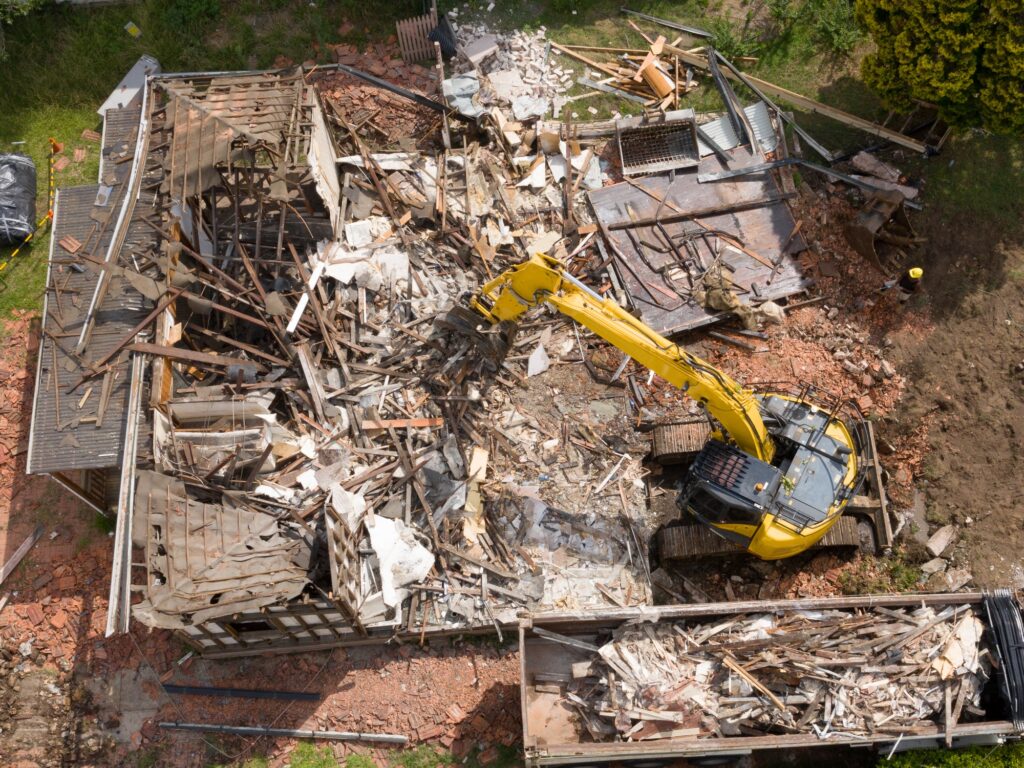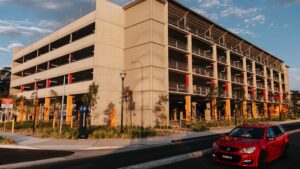
Australia is currently facing a significant housing supply shortage, prompting a trend known as “knock-down rebuilds.” This process involves demolishing existing homes to make way for new housing developments. While it may seem counterintuitive to tear down homes amidst a housing crisis, this practice is becoming increasingly common as the country aims to construct 1.2 million new homes over the next five years.
Traditionally, a knock-down rebuild is associated with individual homeowners who opt to replace a dilapidated or unsuitable dwelling. However, new data from the Australian Bureau of Statistics reveals a more complex picture. Only 58.2% of demolished homes are replaced with another single-family dwelling. The majority are transformed into two or more residences, contributing to the push for increased housing density.
Between July 2019 and June 2025, a total of 55,692 homes were demolished in Australia for the purpose of constructing new single-family homes. The second most common outcome involved constructing two homes on a previously single-lot site, with 25,480 projects approved during this timeframe. Additionally, 5,904 projects involved replacing a single home with three new residences, while 8,367 were categorized as “other,” predominantly involving apartment buildings.
Understanding the Rebuild Rate
The data suggests that the knock-down rebuild trend is largely driven by the construction of apartment buildings and townhomes. Each demolition that paves the way for an apartment significantly increases the rebuild rate, resulting in an average of 9.5 new dwellings per project. Townhome developments yield an average of three new homes per knock-down. In contrast, when single-family homes are replaced with other standalone residences, the average rebuild rate is merely 1.3, indicating limited progress in addressing density issues.
This discrepancy highlights that while knock-down rebuilds do contribute to overall housing supply, they are most impactful when they facilitate the transition from detached homes to multi-dwelling developments. As a result, the practice is seen as a critical component of Australia’s strategy to combat its housing crisis.
The Middle-Ring Focus
Interestingly, knock-down rebuild projects are most prevalent in the middle suburbs of major cities, particularly in New South Wales and Victoria. From July 2019 to June 2025, NSW approved 77,279 dwellings resulting from knock-down rebuilds, while Victoria accounted for 70,570.
Across Sydney and Melbourne, established suburbs located just outside the inner-city areas are seeing the highest number of these projects. Suburbs like Revesby, Ryde, and Arncliffe in Sydney, along with Preston, Baybrook, and Altona in Melbourne, have emerged as hotspots for redevelopment.
One key reason for this trend is the availability of older homes requiring significant renovations. These areas are often devoid of heritage listings that might deter redevelopment, making them attractive targets for both developers and homeowners looking to upgrade. Additionally, their proximity to city centers affords them greater appeal for those seeking to live closer to urban amenities.
The rise of knock-down rebuilds illustrates both the challenges and opportunities in Australia’s housing market. As the nation pushes to meet its ambitious goal of housing construction, this trend may play an essential role in shaping the future landscape of urban living. For those interested in exploring more about knock-down rebuilds and their implications, further information can be found in dedicated real estate sections.






